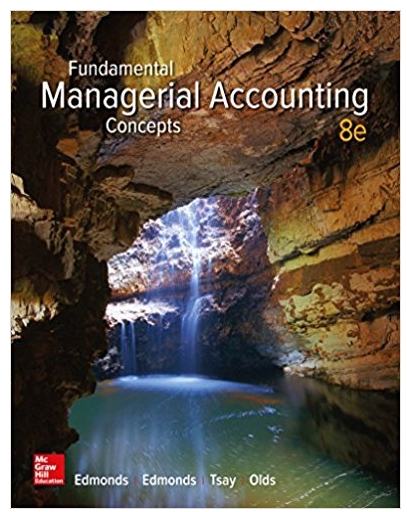Maduro Sporting Goods, Inc. produces indoor treadmills. The company allocates its overhead costs using activity-based costing. The
Question:
Maduro Sporting Goods, Inc. produces indoor treadmills. The company allocates its overhead costs using activity-based costing. The costs and cost drivers associated with the four overhead activity cost pools follow:
.png)
Producing 5,000 units of PFT200, one of the company's five products, took 4,000 labor hours, 25 setups, and consumed 30 percent of the product-sustaining activities.
Required
a. Had the company used labor hours as a companywide allocation base, how much overhead would it have allocated to the 5,000 units of PFT200?
b. How much overhead is allocated to the 5,000 PFT200 units using activity-based costing?
c. Compute the overhead cost per unit for PFT200 using activity-based costing and direct labor hours if 5,000 units are produced. If direct product costs are $120 and PFT200 is priced at 20 percent above cost (rounded to two decimal points), compute the product's selling price under each allocation system.
d. Assuming that activity-based costing provides a more accurate estimate of cost, indicate whether PFT200 would be over- or underpriced if Maduro uses direct labor hours as the allocation base. Explain how over- or undercosting can affect Maduro's profitability.
e. Comment on the validity of using the allocated facility-level costs in the pricing decision. Should other costs be considered in a cost-plus pricing decision? If so, which ones? What costs would you include if you were trying to decide whether to accept a special order?
Step by Step Answer:

Fundamental Managerial Accounting Concepts
ISBN: 978-1259569197
8th edition
Authors: Thomas Edmonds, Christopher Edmonds, Bor Yi Tsay, Philip Olds





